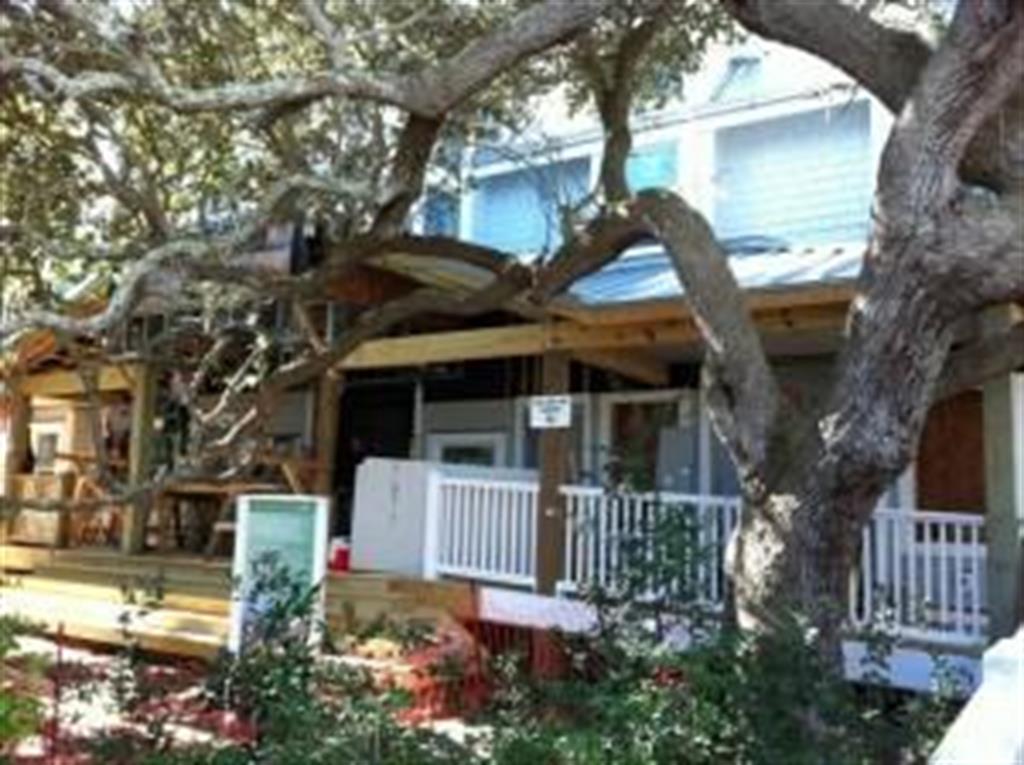BHI Conservancy Announces Grand Opening of Barrier Island Study Center

On Monday, April 9, the Bald Head Island Conservancy will hold a grand opening ceremony for their Barrier Island Study Center (BISC), the first community-based barrier island research and education facility in the nation. The ceremony, which is open to the public, will begin at 3:00 p.m. on the campus of the BHI Conservancy on Bald Head Island and will be sponsored by First Citizens Bank.
The 5,000 square foot facility, located on the Conservancy campus on Bald Head Island, includes a wet lab and dry lab for research, touch tank, media center, and public library for conducting and disseminating environmental research. The information gained at the BISC will be shared with the scientific community, Bald Head Island community and general public on a national and international scale, and applied to creating solutions for fragile barrier island ecosystems.
“Students at all levels, scientists and researchers will all use the facility to conduct research to be shared, so the community can make informed decisions about how to live on BHI and other coastal communities,” said Suzanne Dorsey, Executive Director of the Bald Head Island Conservancy.
With BISC, the Conservancy will expand educational offerings including all day children’s camps, special hands-on activities, film screenings and distance learning opportunities in the media center.. “One of our visions for the Center is to bring professionals from around the globe to Bald Head Island to help us tackle difficult environmental challenges,” said Dorsey.
UNCW chemistry professor Brooks Avery sees a direct connection between his marine and atmospheric chemistry work at the University and the work that will be done at the BISC. “Bald Head Island’s largely unspoiled environment could be ideal offering base measurements for my research, compared to more developed communities,” Avery said. “For example, the lack of combustion engine vehicles will allow us to get a true, clean maritime air-mass,” he continued.
The building is on track to be the fifth in North Carolina – and the first in the southeastern part of the state – to achieve platinum LEED certification for new construction if such certification is achieved. A few of the “green” components include the use of cisterns to provide for 100% of the non-potable water needs of the building; the extensive use of regional and recycled materials; construction methods that reduce waste; heating and cooling systems that substantially reduce energy use and creative use of daylight to minimize the need for lighting. The design of the BISC received the Significant Achievement Award by the lower Cape Fear Stewardship Development Awards Program in 2008.
The $2.4 million, 5,000 square-foot green research and education facility was fully funded by the community. No local or federal government funds were used on this project—the grass roots campaign raised the money to build to the center solely through donations.
For more information about the grand opening, the BISC or the BHI Conservancy, an independent, non-profit 501c-3 organization dedicated to barrier island conservation, preservation and education, please call 910-457-0089 or visit www.bhic.org.
Published on Tuesday, March 27, 2012